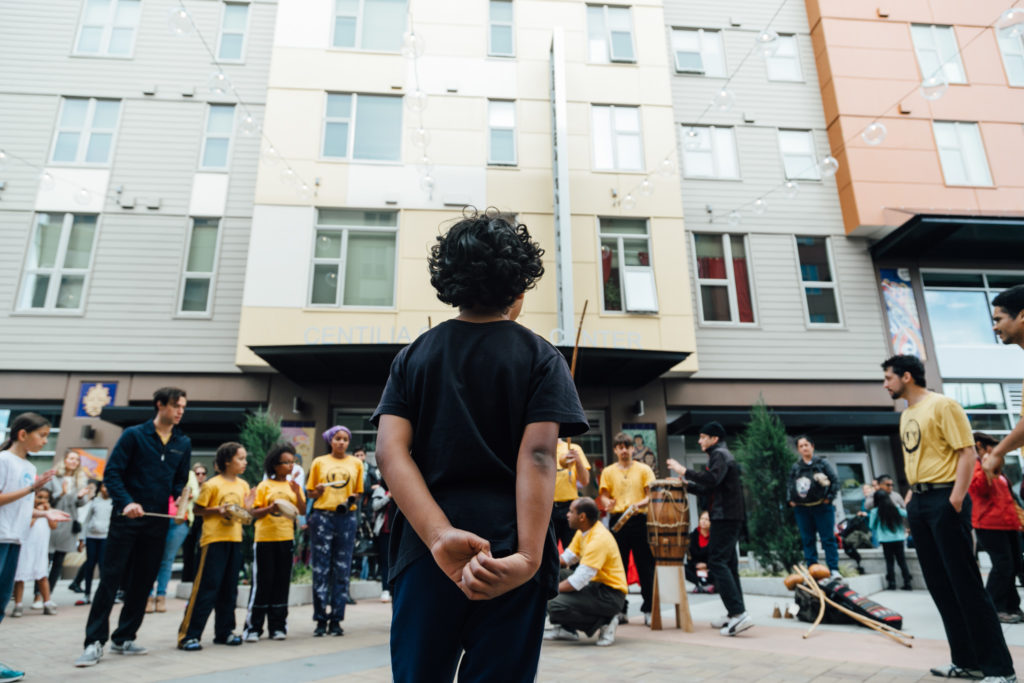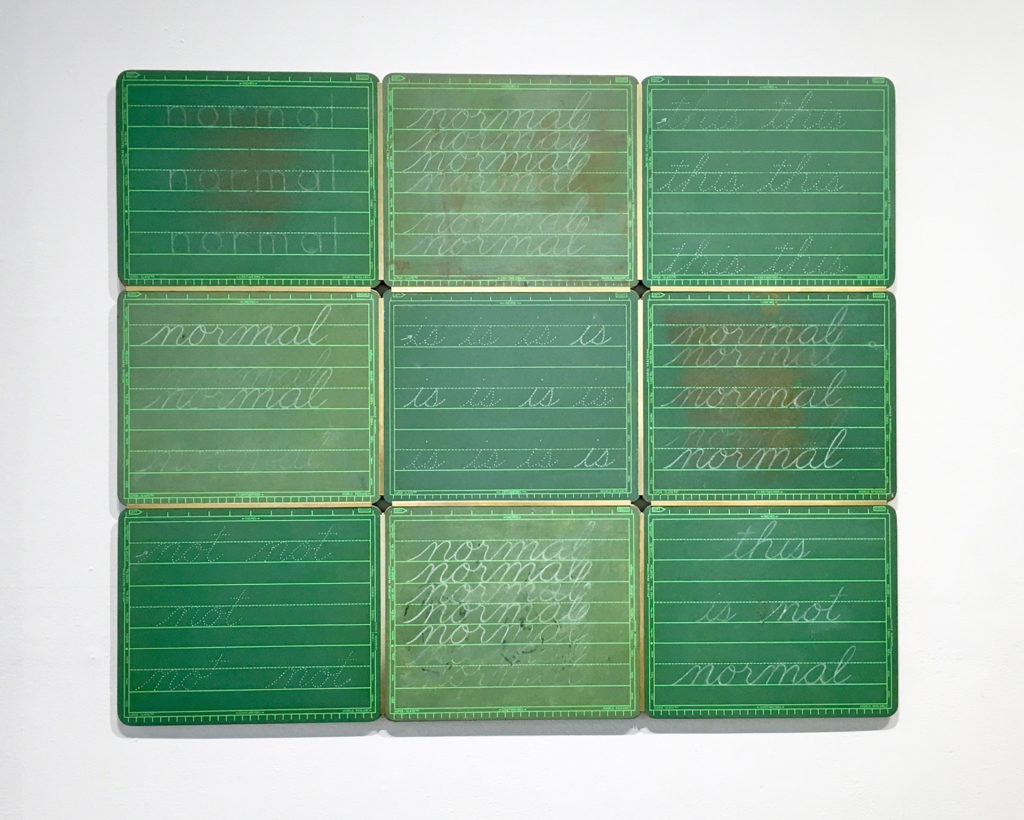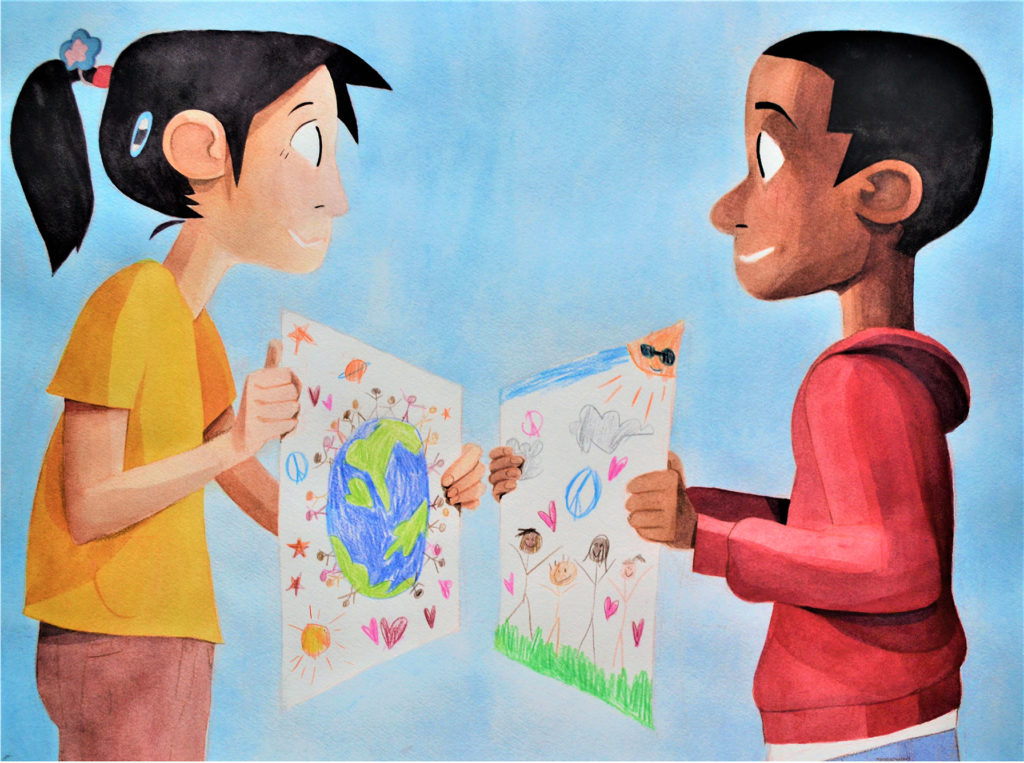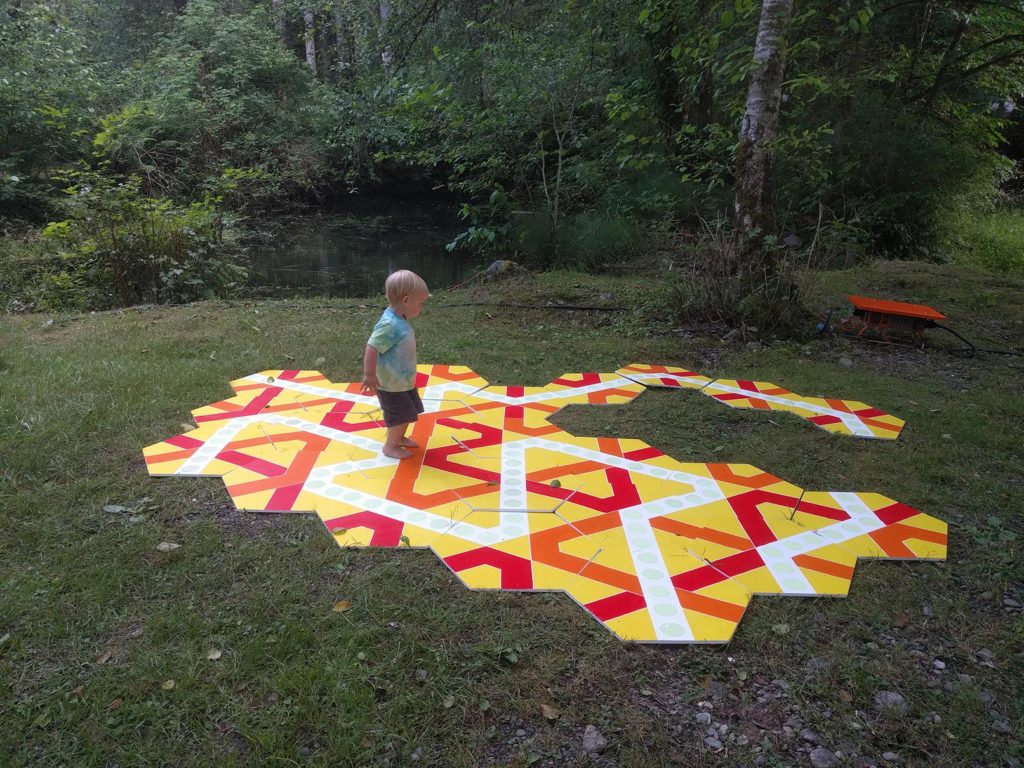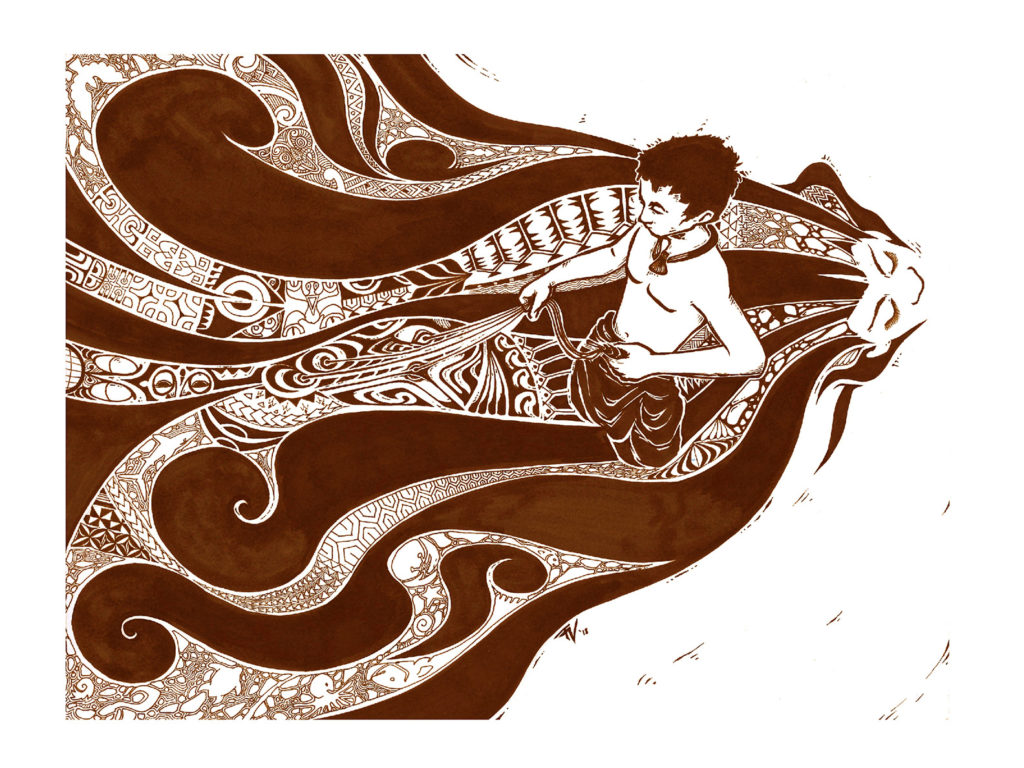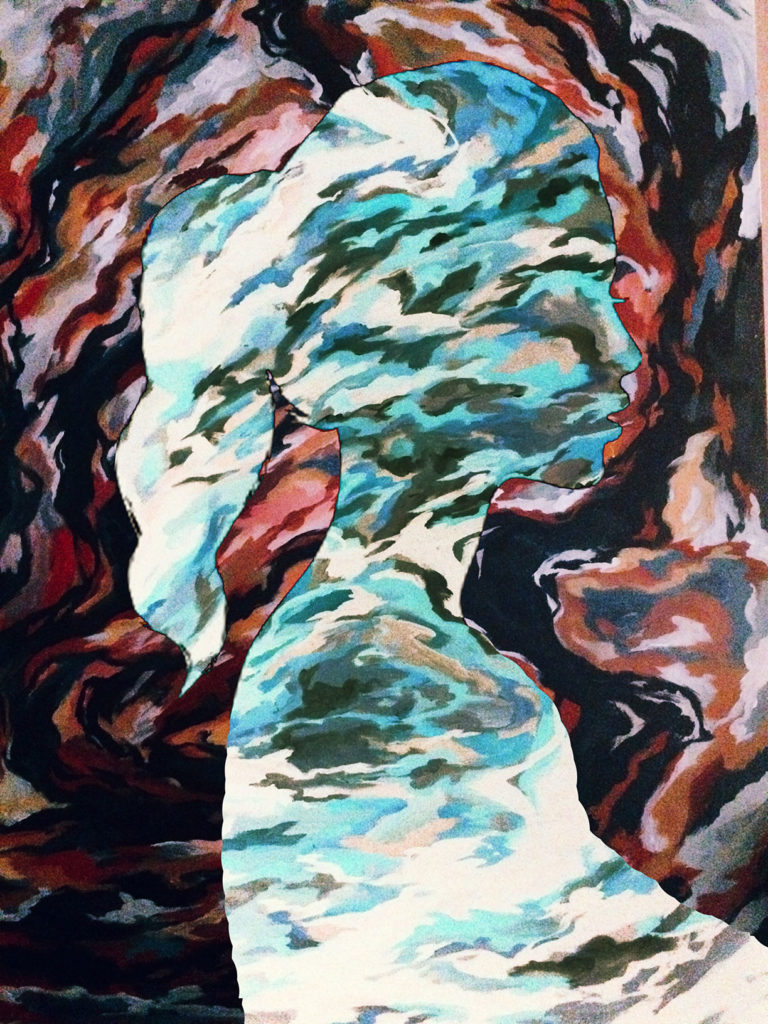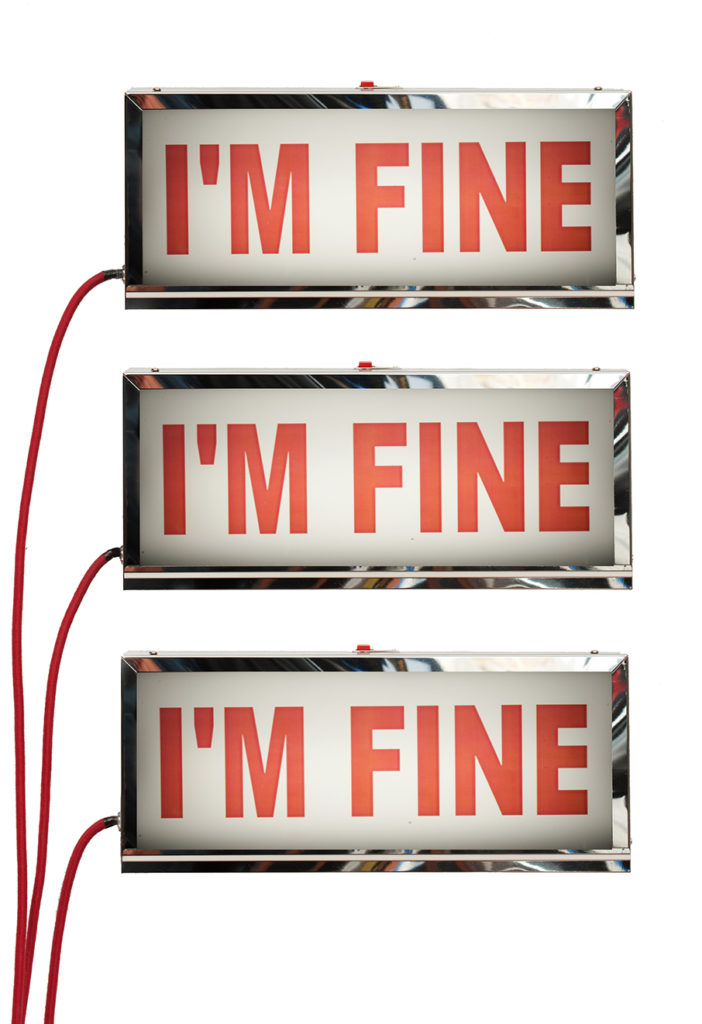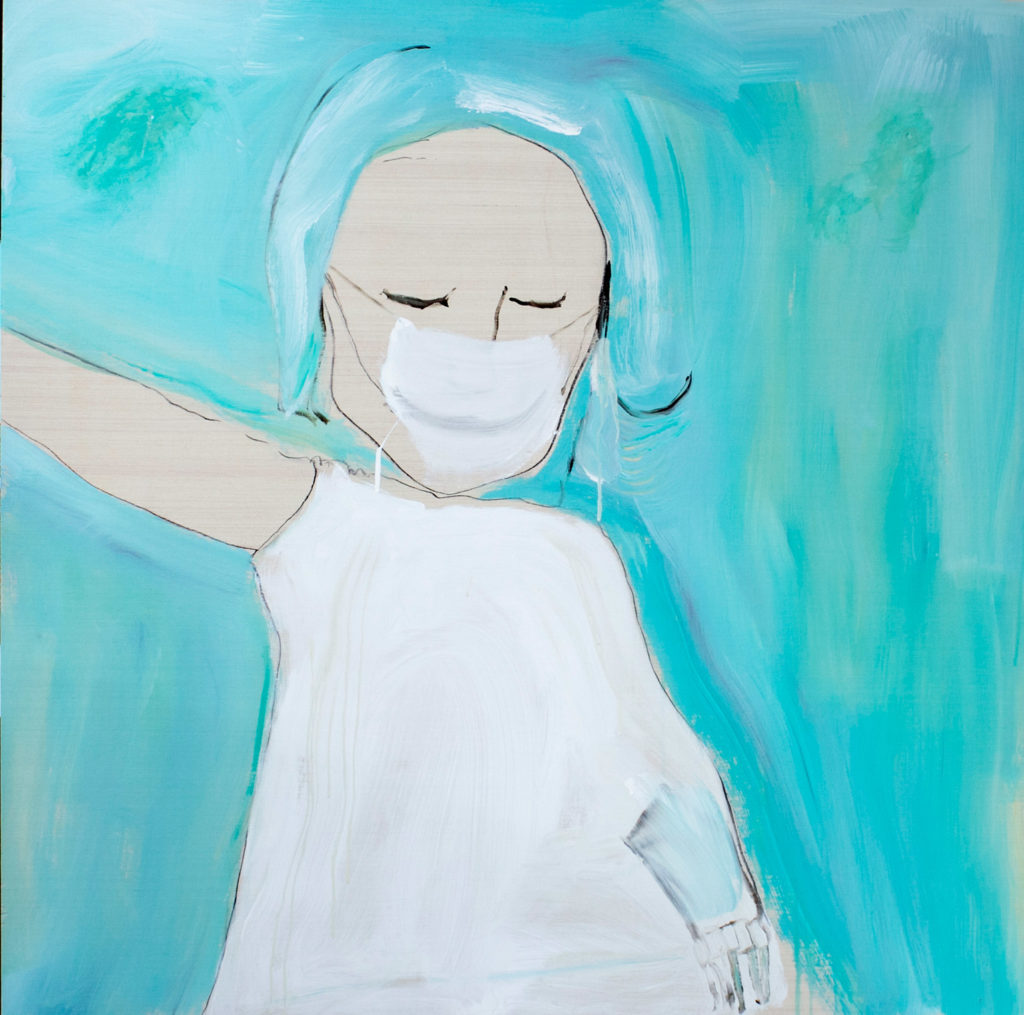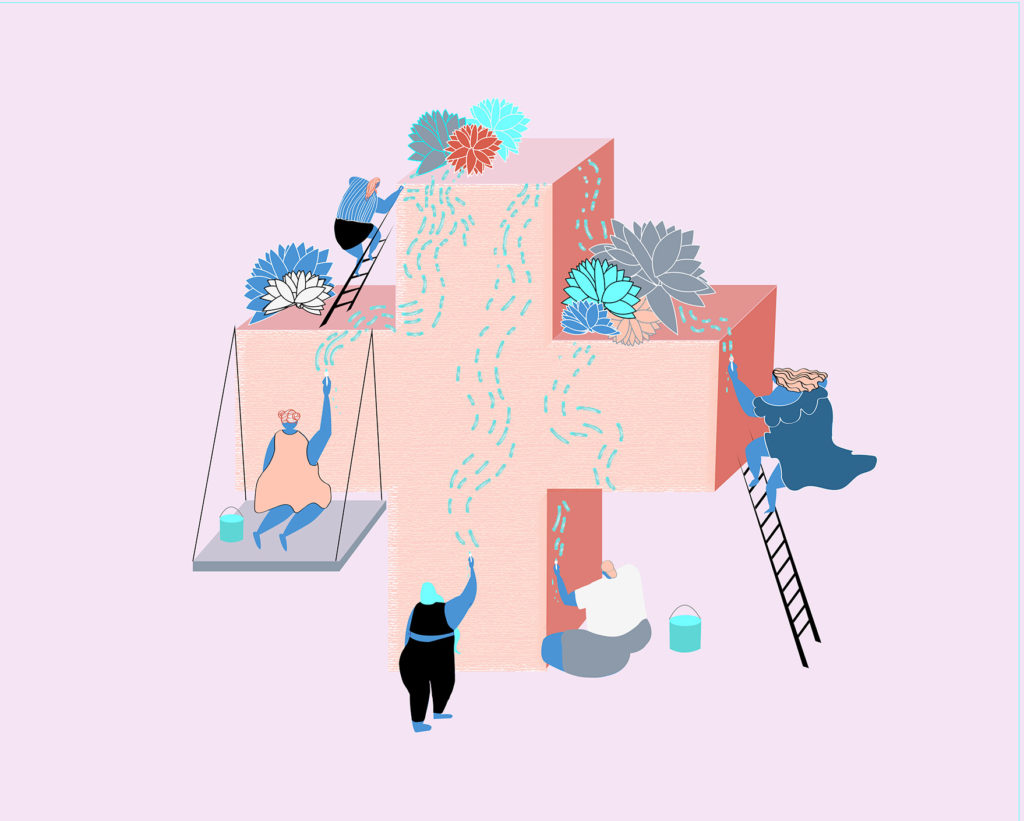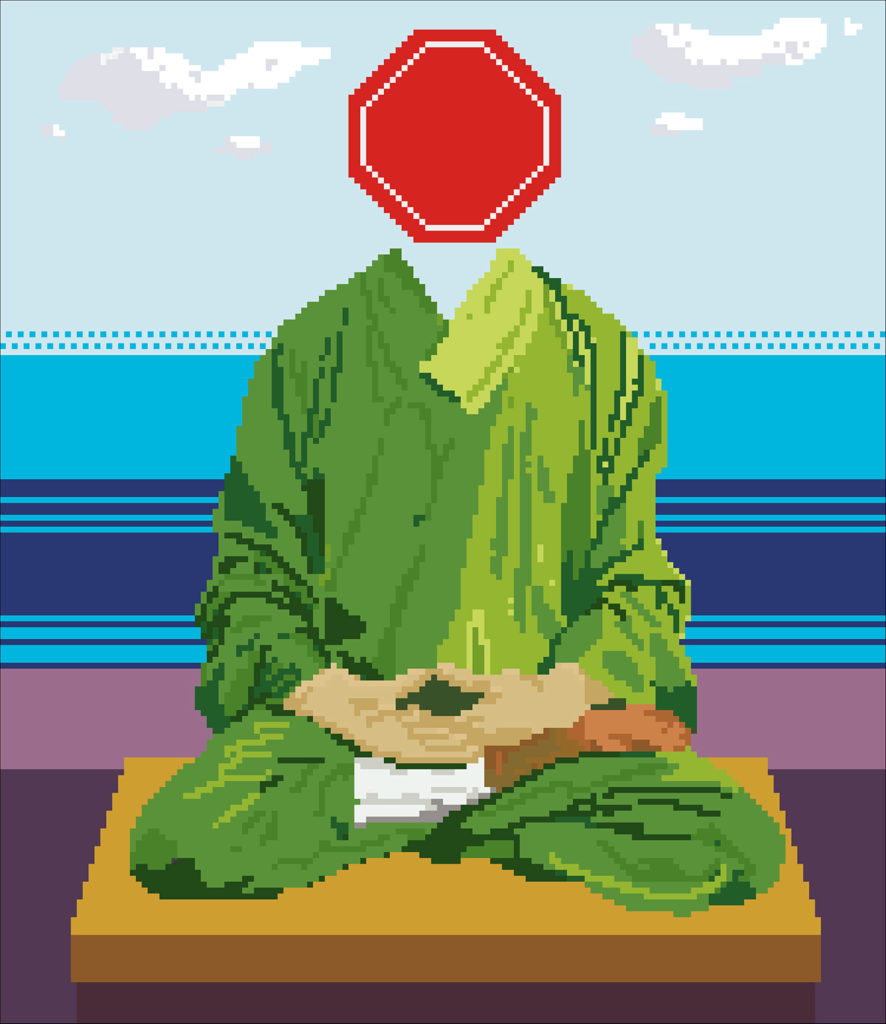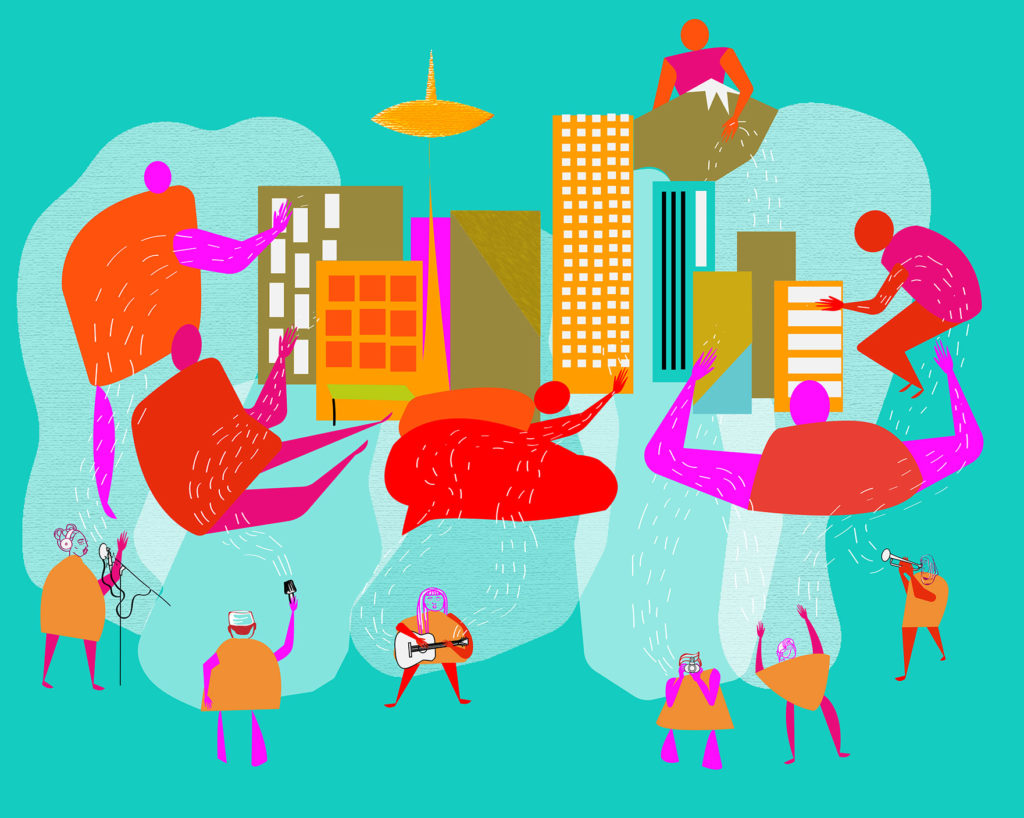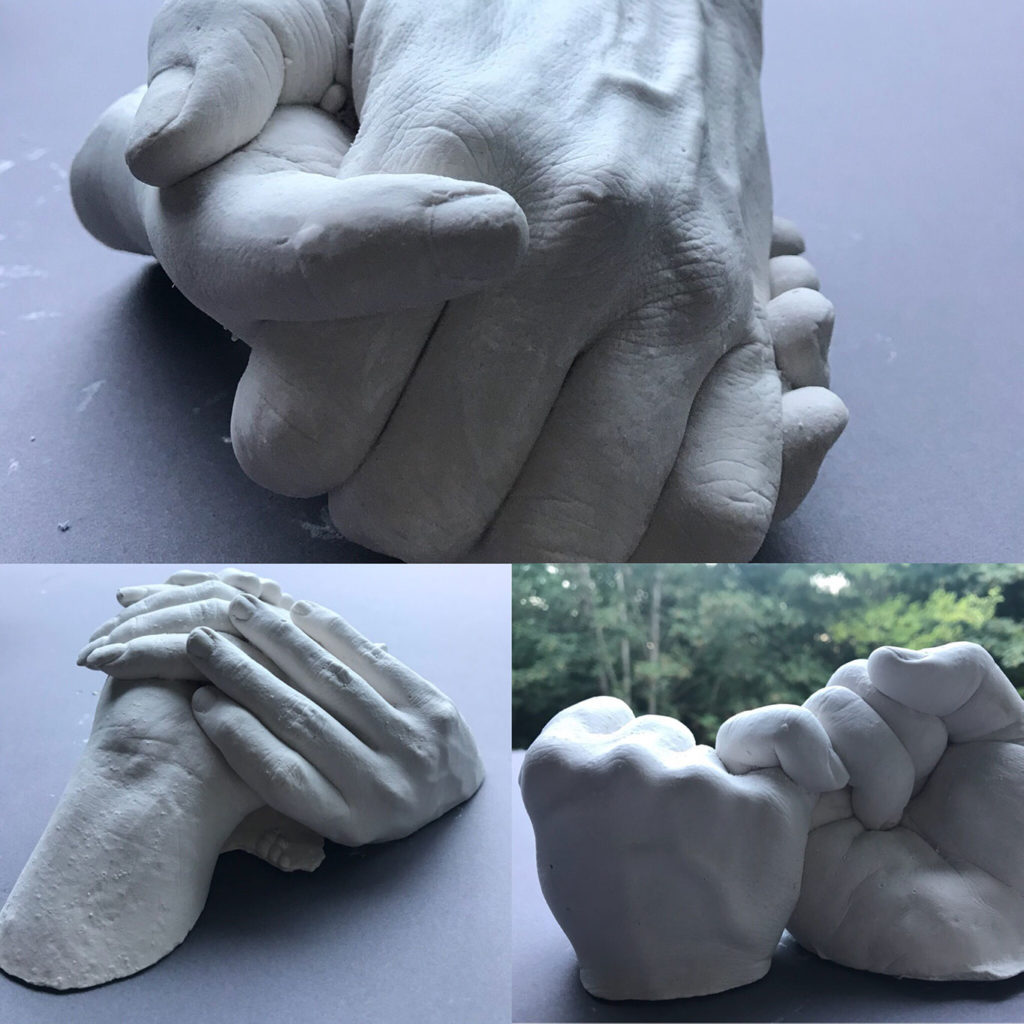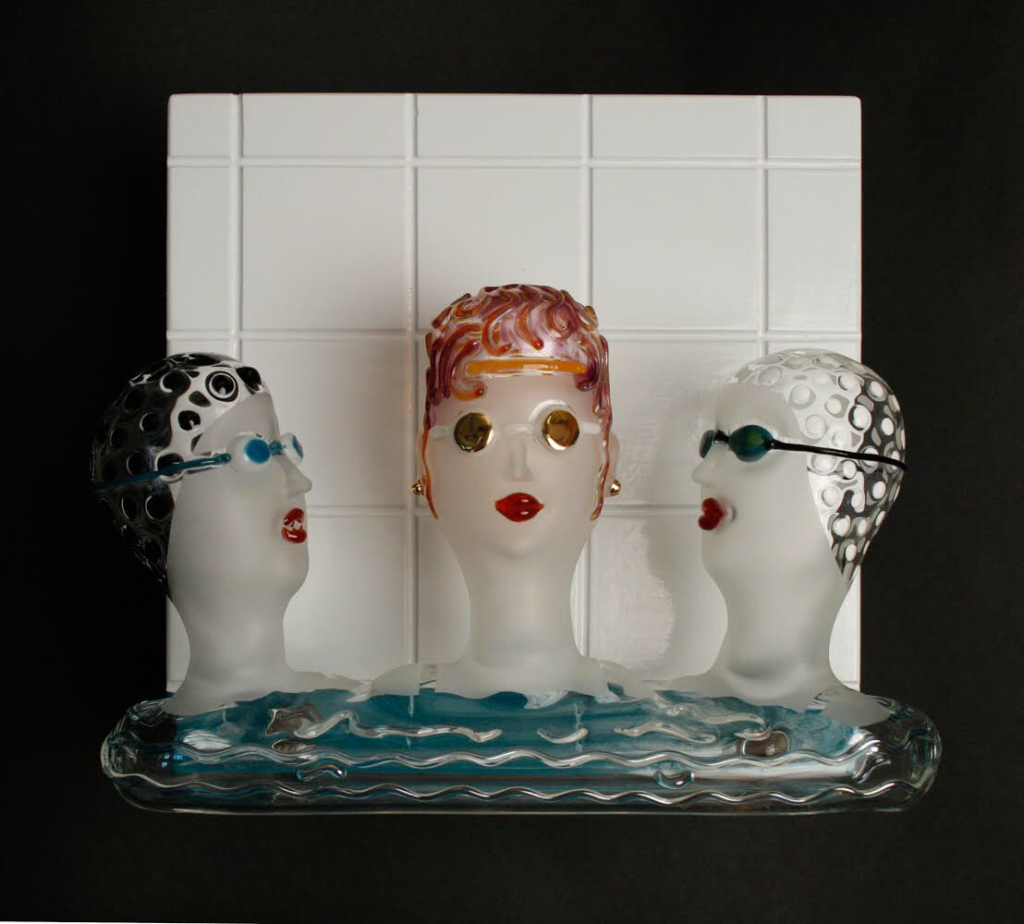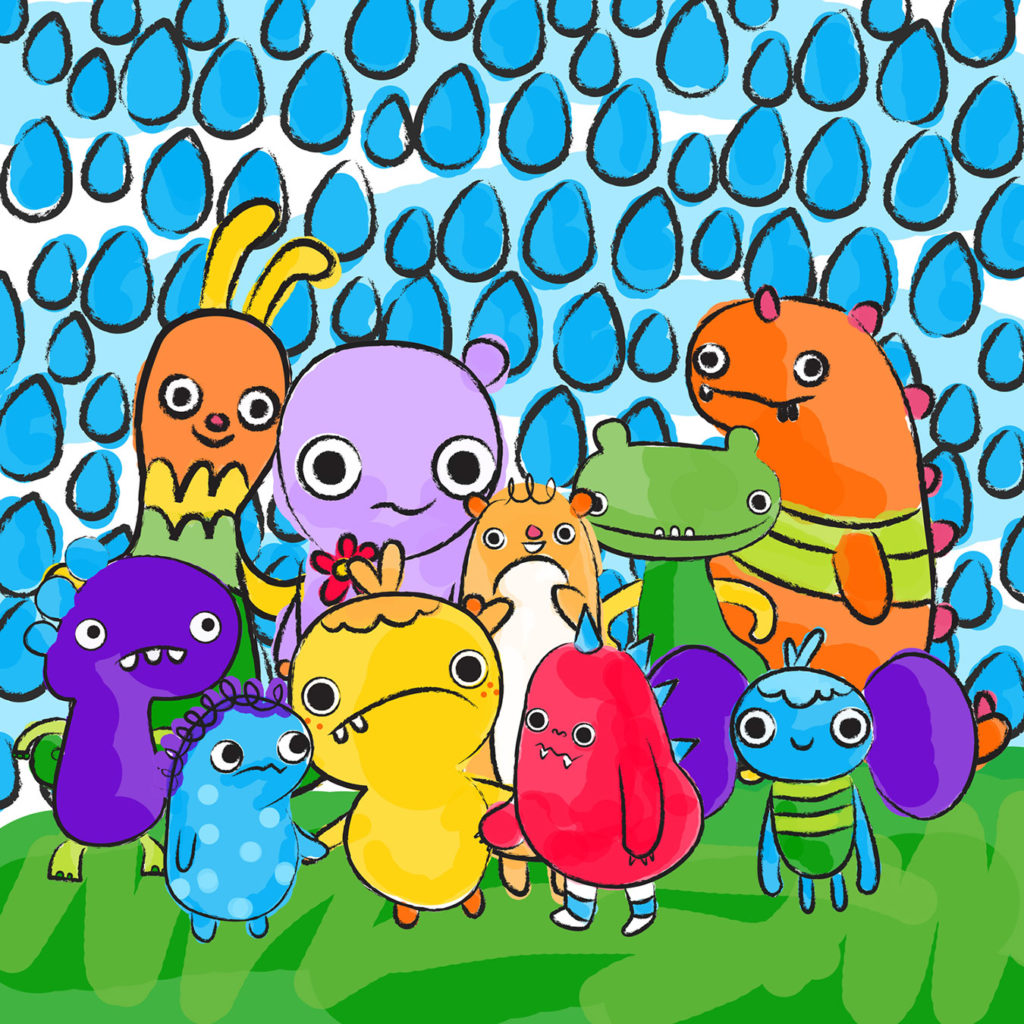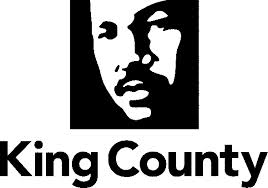
Social Impact Study
Arts: Changing Lives. Changing Communities.
The ArtsFund Social Impact of the Arts Study frames a new way of understanding the public value of the arts in King County. How are arts advancing community priorities and positive outcomes for participants and non-participants alike?
With primary focus on youth development & education, health & wellness, and neighborhood vitality, the study probes the potential for arts to influence more equitable outcomes. The report combines a county-wide public poll; a landscape scan of King County arts, cultural, and heritage nonprofits; a substantive review of 150+ national research resources; and case studies of ten regional arts organizations.
People intrinsically value the arts in their lives—arts entertain, inspire, inform, and provoke us. The Puget Sound region is host to hundreds of arts nonprofits and tens of thousands of artists which have helped shape the vibrant region we are today, and which are integral to our identity as a region built on innovation. However, our research uncovers a disconnect between public perception of the value of the arts and their impact. This disconnect not only threatens the sustainability of the sector, but the future of our community.
Cities throughout the world are implementing arts-based strategies to deal with economic, community, and social development. If King County is to meet our most pressing challenges, we will need to find a way to leverage and expand the powerful impacts of the arts so more people and communities can benefit. Join us.
Jump to a section:
State of the Region
The (Mis)perceived Value of Art
King County residents value arts & culture. According to a 2018 survey of King County residents, 79% of people believe arts benefit their personal wellbeing, and cite them as a key factor in their decision to locate in the area but only 28% think arts and culture promote social change at a community-level.
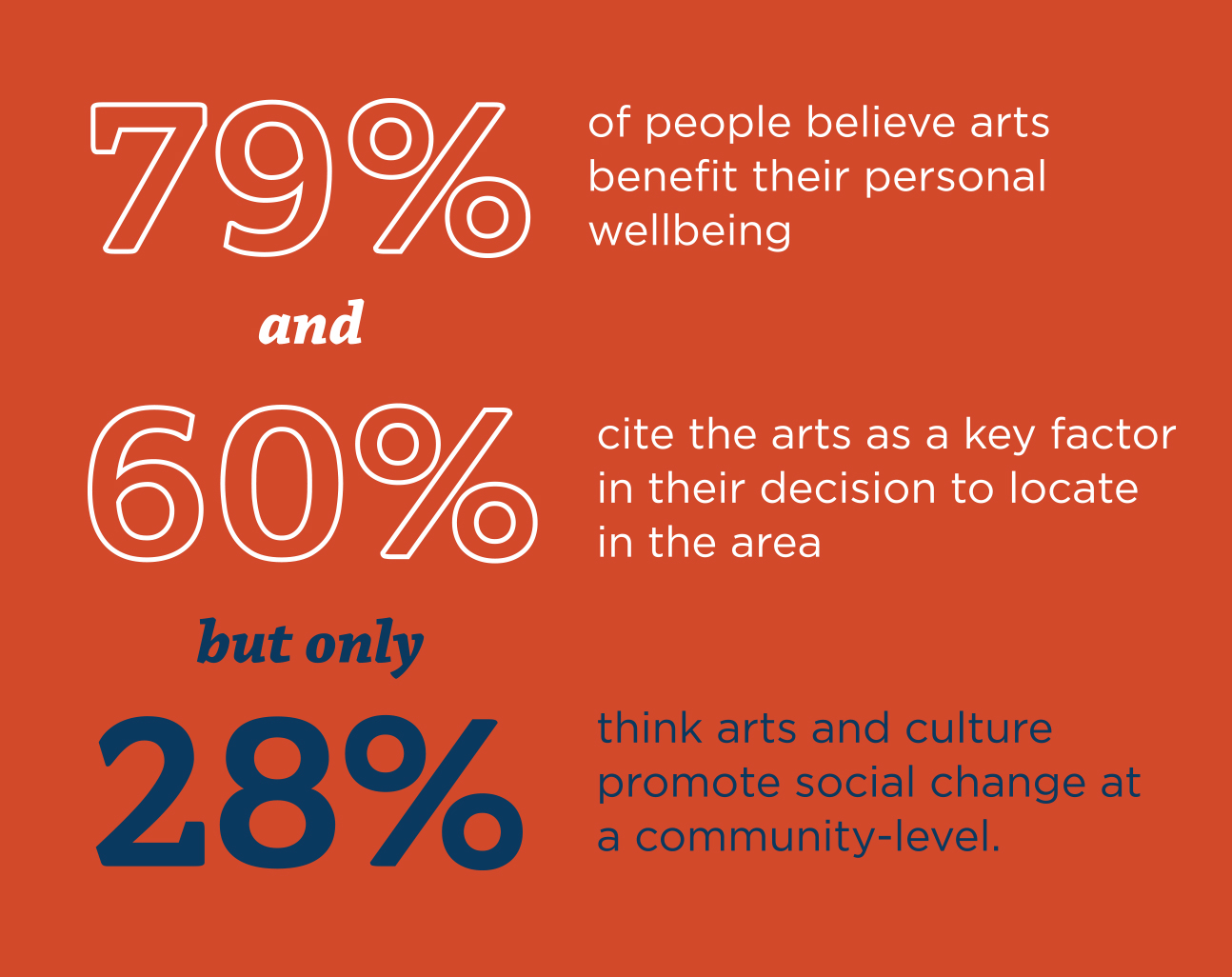
This finding does not align with a growing body of national and international research and data on arts impact, or with the inventory of examples of arts advancing social change in King County.
Surveying nearly 200 arts, cultural, and heritage nonprofits in King County, we found over 140 arts programs for youth and education, with 70% of those running for over eight years. Programs related to neighborhood vitality and health & wellness tend to be newer and fewer, but about half of the organizations offering these have over eight years’ experience.
Arts organizations are not working in isolation. Over 4 in 5 report some type of partnership outside the arts sector. They partner with schools, community-based cultural groups, city departments, refugee and immigrant organizations, environmental organizations, hospitals and clinics, and many other types of organizations on social and community issues, spurring successful new cross-sector approaches and programs.
Our work identifies where arts intersect with timely social issues such as:
- positive civic and educational outcomes for vulnerable youth;
- social cohesion in an increasingly diverse and disconnected population;
- an aging population living longer with disease;
- a state of emergency on homelessness;
- workforce readiness and the future of work;
- safe, vibrant, and inclusive neighborhoods;
- and inequitable access to opportunity.
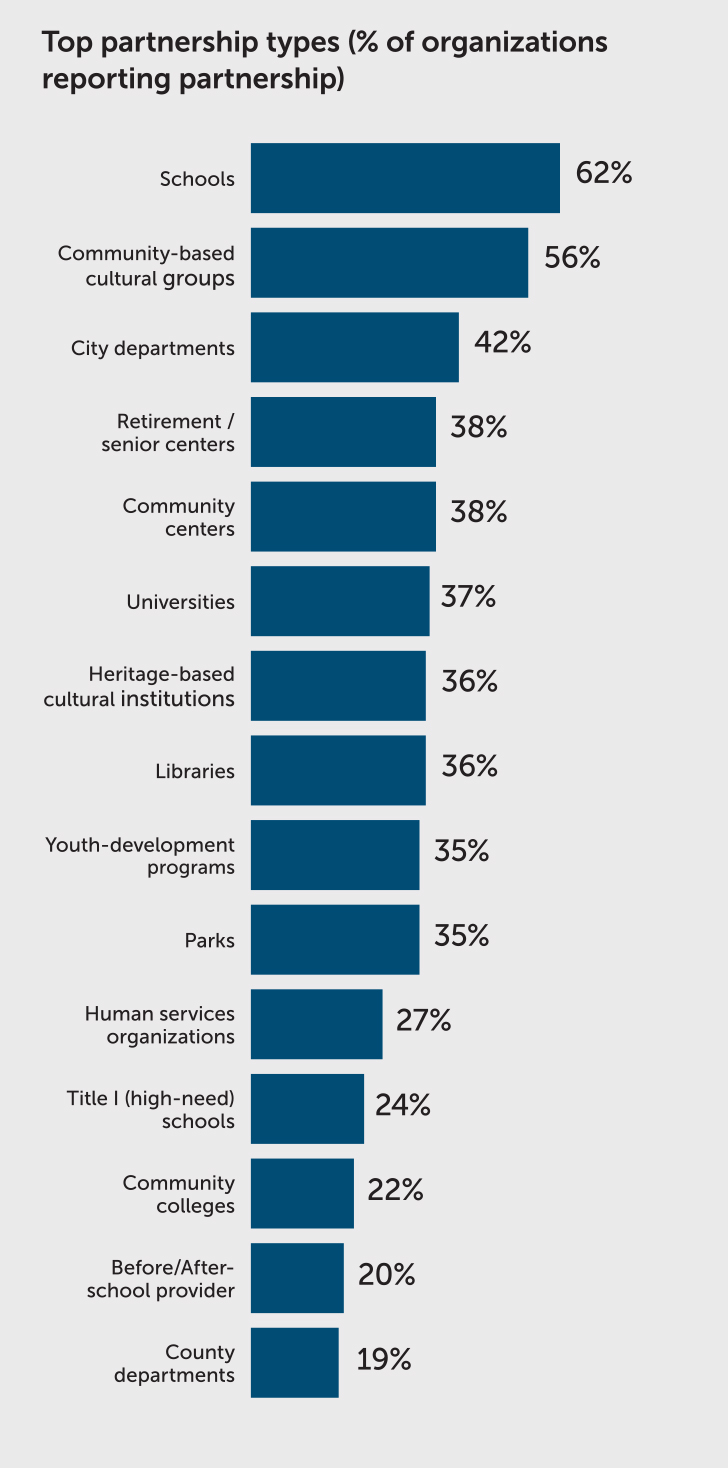
Theme 1: Youth & Education
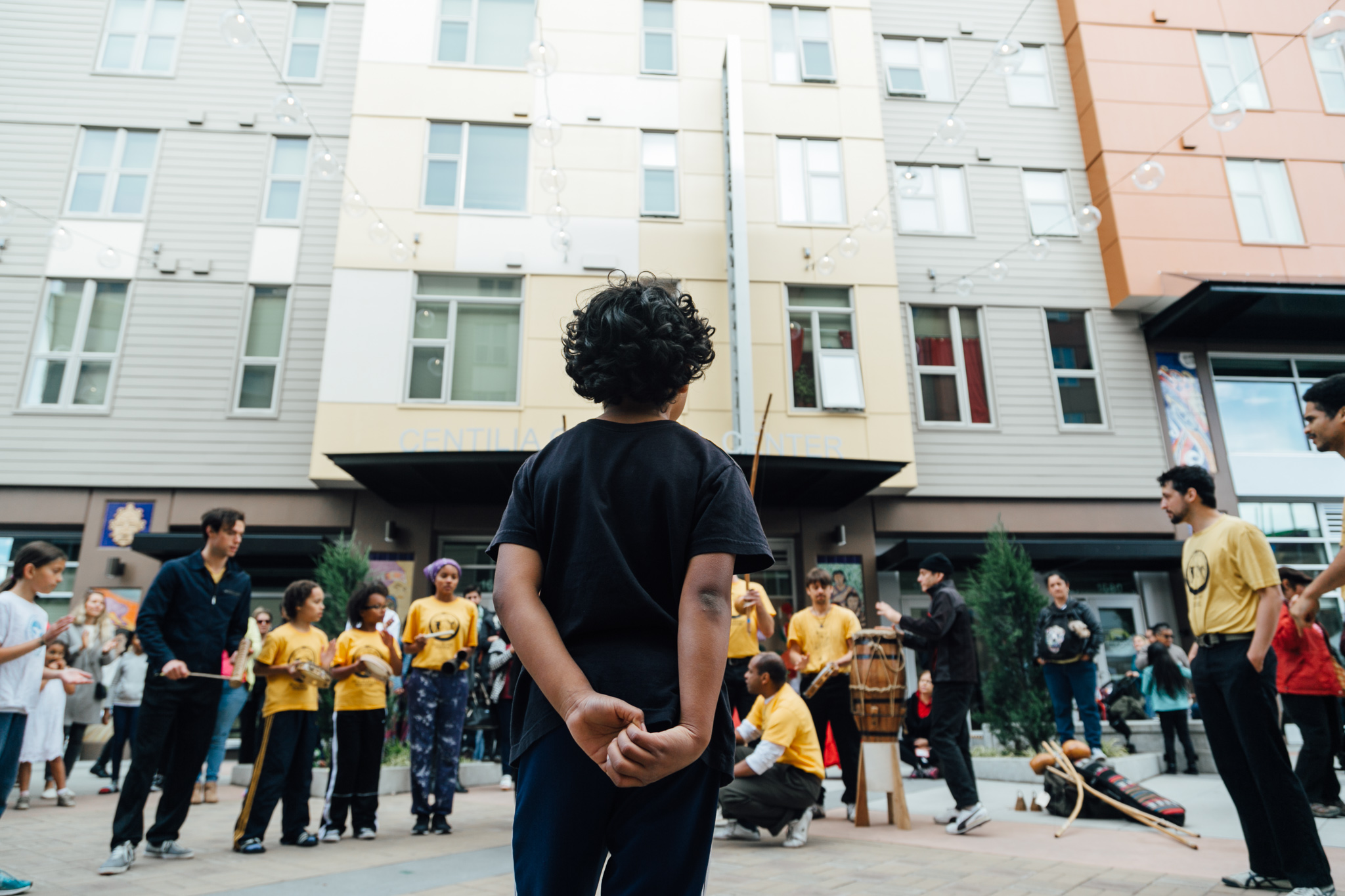
THE ONES I ADMIRE
Leo Carmona
Involvement in arts can improve academic and social outcomes for youth across socioeconomic status. Through arts education, youth learn critical thinking skills and build technical capacity to express themselves and engage with the world around them. Research shows the arts promote academic and life outcomes by providing opportunities to learn critical thinking skills and build technical capacity for expression. This suggests that arts education plays a key role in the development of local talent and a 21st century workforce.
“At-risk” students involved in arts are 23 percentage points more likely to attend college than peers with low arts involvement.
Source: The Arts and Achievement in At-Risk Youth, 2012
Arts education is a ‘field-leveling’ intervention. While research suggests all students benefit from arts education, studies show that its effect on academic achievement is strongest for lowest-income students. They have better academic outcomes, such as increased high school graduation rates, and social-emotional outcomes, including fewer behavioral challenges. Evidence shows arts involvement makes a difference for low-income students, yet it is low-income students who often have the least access to cultural resources.
Low-income students with access to cultural resources score higher in English and Math. Low-income students with a high level of arts experience in school are more likely to attend college, vote, and volunteer in their community.
Source: The Social Wellbeing of New York City’s Neighborhoods: The Contribution of Culture and the Arts, 2017
See case studies: Jet City Improv, Urban ArtWorks, Seattle Arts and Lectures’ Writers in the Schools, and Arts Corps
Theme 2: Health & Wellness
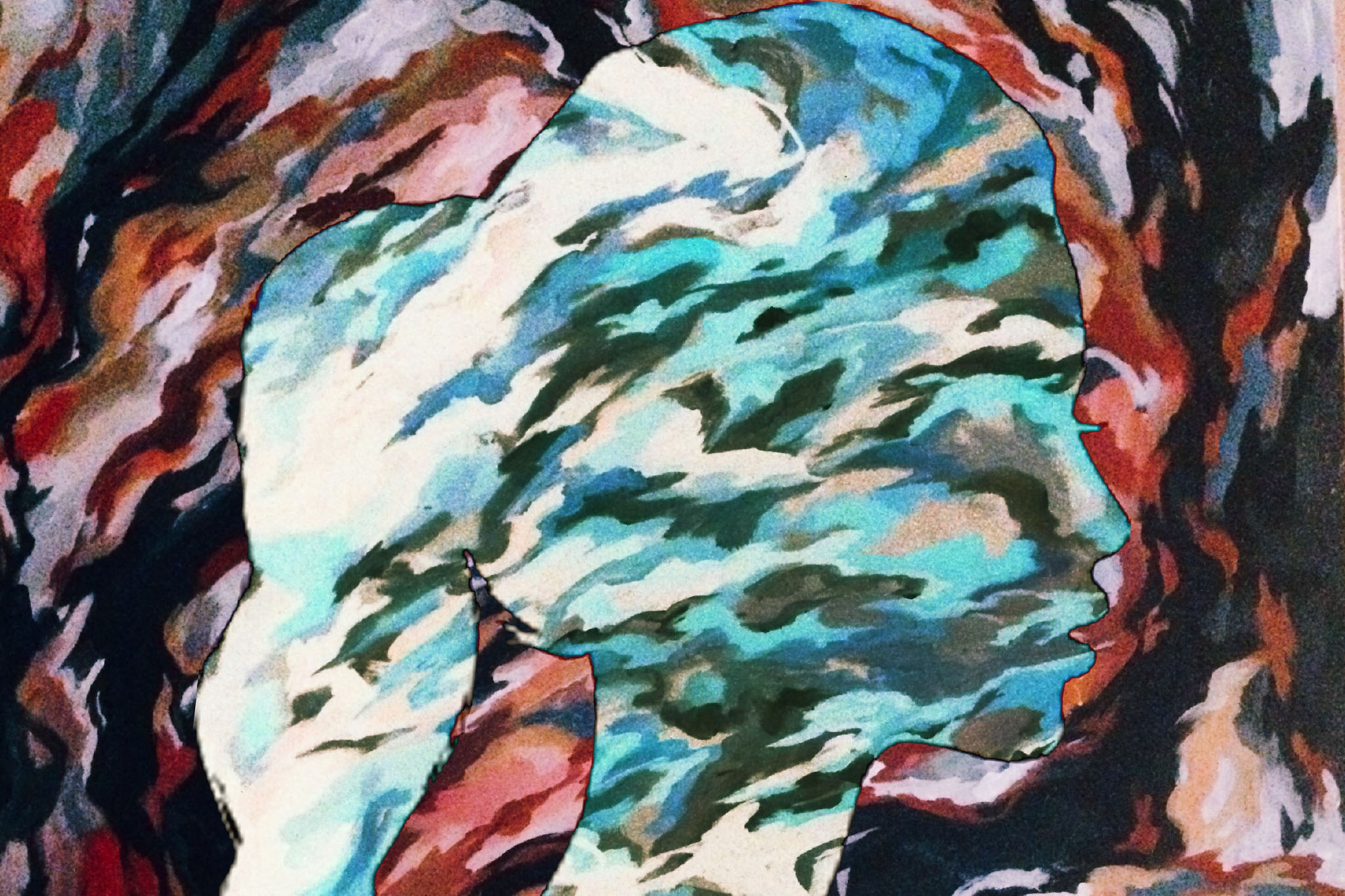
Headspace
Joanna Ngai
In both primary care and behavioral health, music and art therapy are widely recognized strategies to reduce stress and anxiety, as well as cope with symptoms of disease. Older adults with high and sustained levels of involvement with participatory art forms experience positive cognitive and quality of life outcomes including intrinsic pleasure, self-motivation, mental stimulation, and productivity. Additionally, older adults involved in the arts have fewer visits to the doctor, require less medication, and experience less depression than older adults not involved in participatory arts programming.
67% of music therapy participants with dementia felt less anxious and reduced their use of medication.
Source: Creative Health: The Arts for Health and Wellbeing, 2017
While most research describes the role of art on individual-level health, there is growing interest in the community-level benefits of art, especially with respect to mental health awareness. Many communities use public art and cultural assets as a tool for health promotion. Community-wide artistic and cultural interventions are opportunities to advance a ‘culture of health,’ and address inequities in the social determinants of health—the social and physical environments that affect a wide range of health, functioning, and quality of life outcomes and risks.
45% of medical institutions nationwide offer some sort of arts program, with 8 out of 10 of these stating they do so to benefit patient recovery.
Source: Participatory Arts for Older Adults: A Review of Benefits and Challenges. Gerontologist, 2018
See case studies: Path with Art, STG Dance for Parkinson’s, and Seattle Arts and Lectures’ Writers in the Schools
Theme 3: Neighborhood Vitality
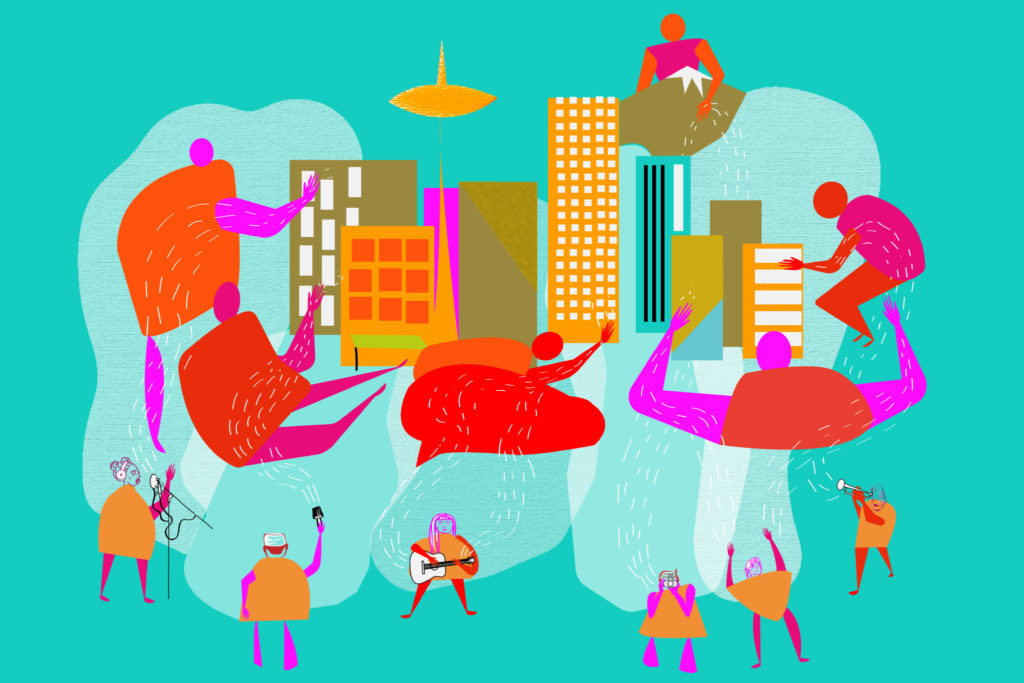
Seattle Artist’s Magic
Taylor Hammes
The presence of arts is linked to increased neighborhood livability, community identity, and social wellbeing. Research ties the benefits of arts participation to the informal education and empowerment of the community, and to a sense of pride and community ownership. While many aspects of wellbeing are linked closest to economic status and ethnicity, in neighborhoods with limited economic resources, engagement with arts and culture can create social capital that exerts a strong, positive effect on wellbeing. This evidence suggests arts assets can play an important role in equitable outcomes.
Low-income neighborhoods with cultural resources have 14% fewer cases of child abuse and neglect, and 18% less serious crime than low-income neighborhoods without cultural resources.
Source: Culture and Social Wellbeing in New York City, 2017
The arts also play an important role in fostering social connection and inclusion. Arts participants are more than twice as likely to volunteer in their communities, independent of education, age, gender, or ethnicity. Engaging with cultural assets can help create a shared sense of belonging and strengthen community cohesion. Studies reveal that approaches to social inclusion that combine local, face-to-face activities and policy changes are more effective for immigrants or minority groups than approaches that focus only on policy or civic engagement.
Concentrated cultural districts are associated with reduced poverty without neighborhood displacement, improved child welfare, and lower morbidity.
Source: CultureBlocks Philadelphia, 2013
See case studies: Delridge Neighborhoods Development Association, Washington Hall, Urban ArtWorks, Anandamela/Vedic Cultural Center, and Duwamish Alive! Coalition
Case Studies
The social impacts of the arts manifest in many ways: when people and organizations participate in arts experiences, when they create art, and even simply by co-existing in the spaces where art is present. The ten cases presented in this section are an illustrative, but certainly not exhaustive, list of ways arts organizations contribute to our community. The Advisory Committee worked with a list of over 100 nominated organizations to identify local cases that address multiple themes and community priorities, and were excellent local examples of what national evidence says about the social impact of the arts. These organizations offer programs that intersect several themes (education and youth development, health and wellness, and neighborhood vitality). They illustrate how arts have a role to play in thriving communities beyond individuals’ personal engagement. These stories show arts and culture can offer public benefit in broader education, health, homelessness, housing, and economic development priorities.
Each case highlighted uses art in different ways to create social impact. Click below to see the full studies, and for the full list of organizations and programs that were considered, including criteria for inclusion, see appendices in the Additional Resources section.
Artworks
In the Summer of 2018, ArtsFund announced an open call to artists and residents in King County to submit works symbolizing and providing an artistic narrative for each of the three main theme areas, showing why arts and culture matter in King County. The three works selected for inclusion in the study itself and 11 additional submissions can be found here. Click on the artwork to see statements by the artists about their pieces.
Additional Materials
This study leverages national and regional research and primary data using both qualitative and quantitative approaches to tell a thorough and compelling story about the arts’ value, while remaining grounded in firm methodology and replicable design.
Study Materials and Resources:
Cultural Partners Landscape Scan
Comprehensive Lit Review Bibliography
Potential Case Studies | Full inventory
Letter from ArtsFund
We are in a pivotal moment in King County. The region is experiencing rapid growth, attracting new companies and a diversifying and expanding population. In the midst of this growth, we are grappling with pressing challenges around education, youth incarceration, workforce development, homelessness, rising costs of living, inequities of opportunity, and race relations. The benefits of our region’s growth are not broadly shared, and inequities persist.
Arts can be part of a solution to these complex and interconnected challenges, and in many instances, already are. Arts are not the only strategy to affect positive social outcomes, but they are a viable and proven—yet often underutilized and unacknowledged—strategy. We offer this report to provide a fuller and clearer picture of how arts are creating social impacts to positively transform and benefit our communities.
Media Coverage
Advisory Committee
ADVISORY COMMITTEE
Jane Broom, Microsoft Philanthropies
Michael Brown, Seattle Foundation
Brian Carter, 4Culture
Dawn Chirwa, The Giving Practice with Philanthropy Northwest
Randy Engstrom, Seattle Office of Arts & Culture
Jennifer Meisner, King County
Jon Scholes, Downtown Seattle Association
Lisa Smith, Starbucks
Bill Vesneski, University of Washington School of Social Work
Kim Vu, Bank of America
BERK CONSULTING
Radhika Nair
Claire Miccio
Vivien Savath
KO PROJECTS
Katie Oman
ARTSFUND
Sarah Sidman, Vice President of Strategic Initiatives & Communications
Andrew Golden, Program, Advocacy & Operations Manager
Sponsors
Report authored by:
![]()
![]()
Research collaboration by:
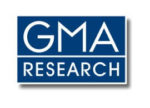

Design by:
![]()
![]()
Social Impact Study Community Conversations Sponsors
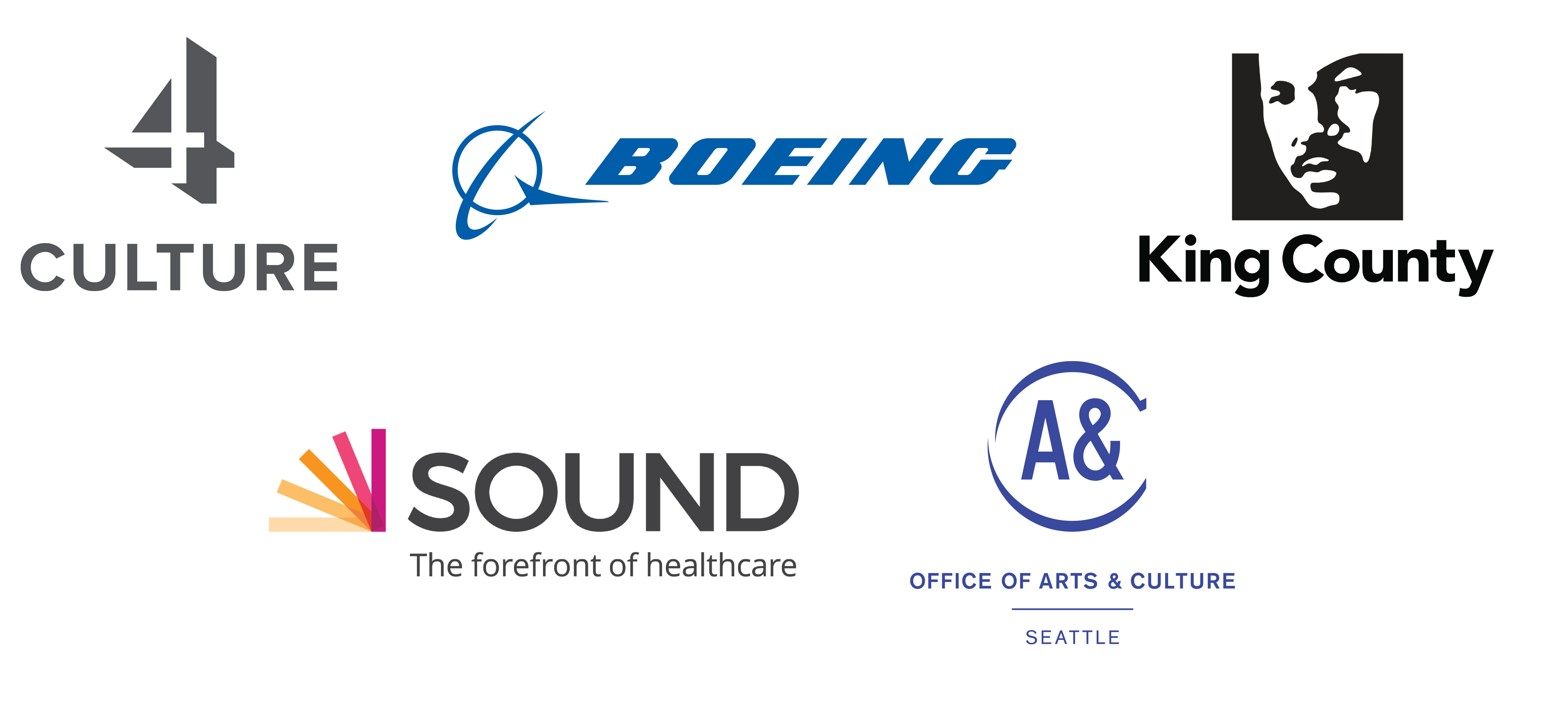

For more information about the Social Impact of the Arts study, contact Sarah Sidman at sarahsidman@artsfund.org or 206-788-3051.
